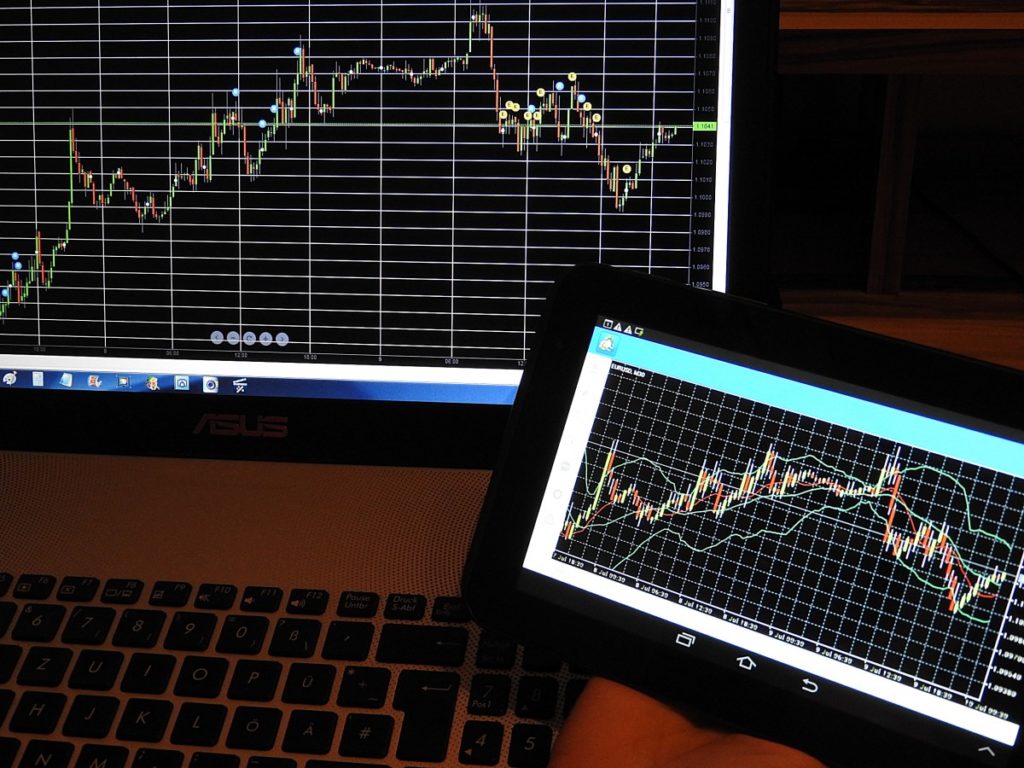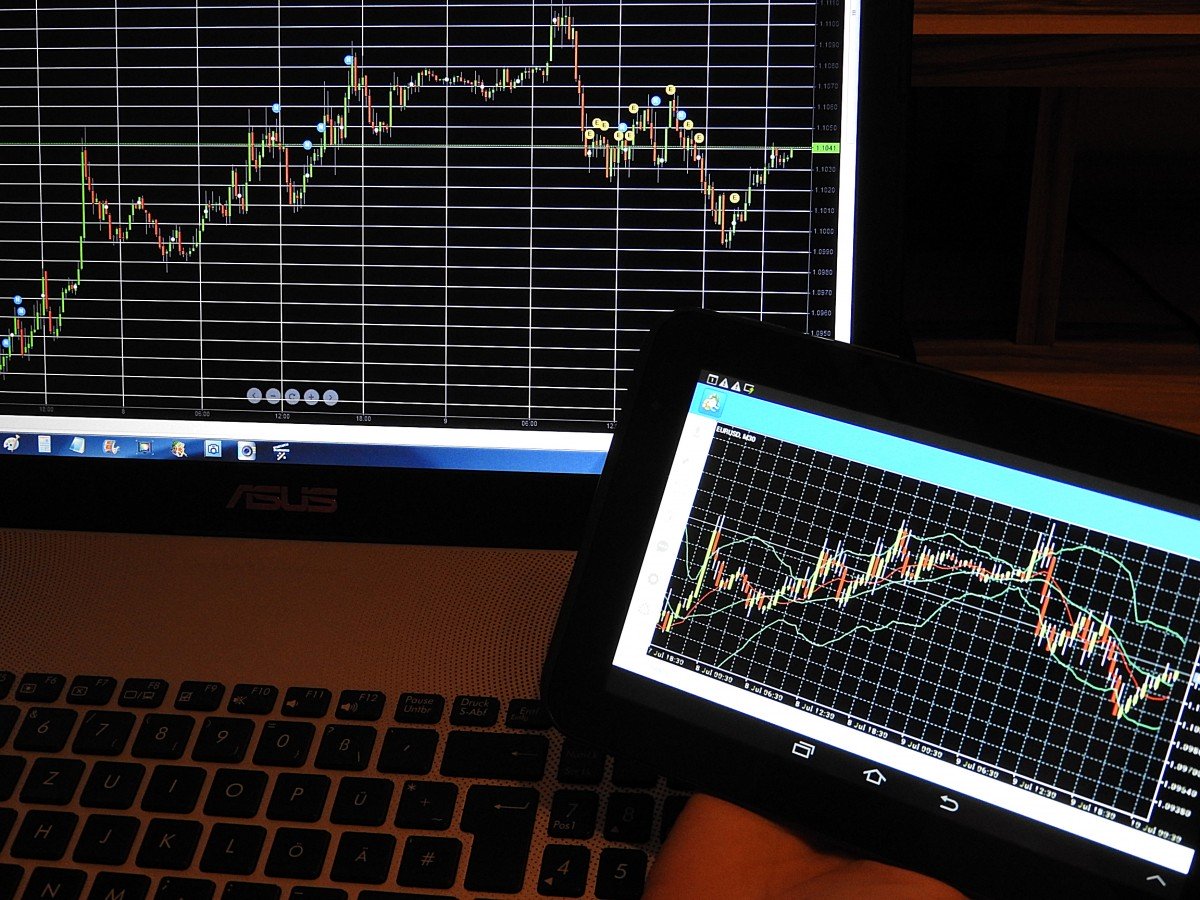How Artificial Intelligence Redefines Stock & Hedge Fund Trading


This was one of our most popular blog posts of 2018. We’ve updated this post with new information to continue providing valuable content.
Artificial intelligence is on the rise and changing how historically human-powered business is done. One example of this is the effect of AI on trading.
The Coming of Age of Artificial Intelligence
Chances are you use forms of AI every day. Talking to the virtual assistant in your phone or home to get the weather or figure out the name of that actor who’s in everything is one example. A form of AI you may not use every day but has definitely shaped your life is the auto-pilot function on commercial airliners. Artificial Intelligence and Machine Learning have recently become a major part of trading.
AI in Trading
Artificial intelligence works by setting up computer systems that operate like the human brain and nervous system. This enables the system to learn behaviors and patterns and thus predict trends. That means it can analyze data to make profitable decisions.
This analysis and prediction model is useful in short- and long-term trading strategies and is becoming increasingly visible. That said, the use of the technology is going slowly. It requires capital to invest in tech and people. But more AI is being applied because it offers a quicker pace thanks to no limit on how many transactions can be run. There are also security features inherent in the technologies that come with Artificial Intelligence.
Increased use of Artificial Intelligence in trading could yield many benefits. Because AI replaces humans it reduces the time needed for analysis and removes human error. It also removes the second guessing and emotional reactions that come with humans. Thus, it’s not unlikely that increased AI in trading will bear markets that are more efficient and less volatile.
AI As A Hedge Fund Tool
Sentient Technologies, an AI company based in San Francisco that runs a hedge fund, developed an algorithm for trading. It scans huge amounts of data noting patterns and forecast trends. These patterns and trends allow it to make successful trading decisions.
Of course, most of these decisions are currently run as simulations. When trades are sucessful they are moved to live trades where the artificial intelligence can continue to learn and improve. They are successful not only at predicting solid trades but at doing so with impressive speed. Sentient reduced 1,800 days of trading to a few minutes.
Next Steps in Trading Using Tech
It’s not surprising that there are many reservations when it comes to using computer intelligences to control markets. But there are massive benefits to this implementation. Fast-paced data analysis and predictions provide insights that can help the human brains behind trading make financially sound decisions.
Update on the Future of Trading with AI
Throughout 2018, technology has continued to affect the world of trading. Over sixty-one million men and women are involved in online share trading today. Plus, that number continues to rise. High-frequency automated trades are already taking place using AI. This allows human traders to focus on more complex areas that can’t be predicted by calculations.
Investment banking firm Goldman Sachs is a leader in these cutting-edge developments. Since 2000, they have replaced almost all of their cash equity traders while increasing their tech staff. Giving AI more of the simpler work frees traders up to predict the next big tech boom. Experts agree that while machine learning has a small margin of error, it’s equal to the impact of human error. Plus, AI will likely continue to handle time-consuming tasks. Overall, these advancements are changing the industry in a way that’s sure to impact the future.
